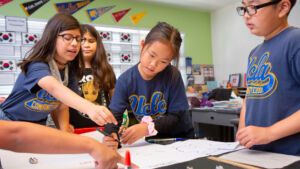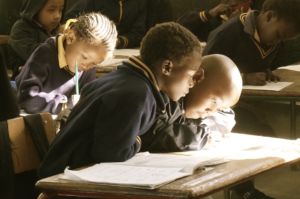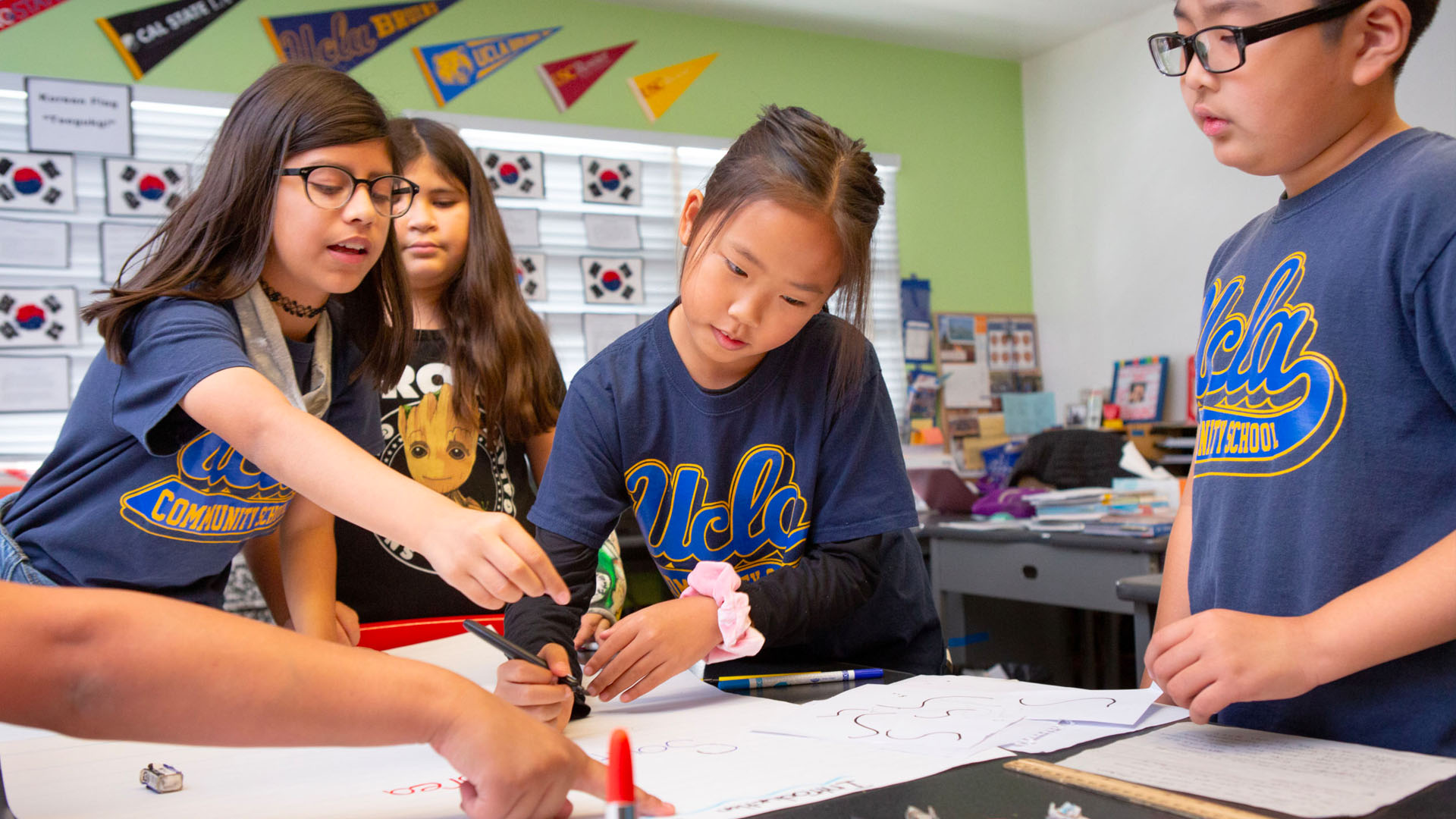
This Blog is written with special thanks to IU and The Library of Congress. I was sitting at a 2 day workshop in Fort Wayne, IN on Primary Sources. The instructors were introducing us to just exactly what Primary Sources were and a deceptively simple way to analyze them. Primarily we were looking at photos from American history from The Library of Congress. I got so excited I could hardly sit still; I scrambled to grab the notebook beside me and started scribbling. What if I could use this same process to introduce students to historical fiction, specifically historical verse novels – one of my absolute favorite genres? What if I could use this to stimulate some interest in titles that had been languishing on my shelves, lacking the proper attention? And better yet, I am secretly teaching my students to analyze a text and support their ideas with evidence from that text. Problem solving and supporting their arguments in a fun way? What a concept???
So what was this excitement all about? Well… the instructors for our time together introduced me to the concept that some call See, Think, Wonder. You begin by choosing your text. In this case, our text was a photograph from the collection found on the Library on Congress’s extensive online collection.
- Step One is to write down everything that you see, or don’t see. Literally. No judgments. No theories. Things like: it’s a photograph, black and white, no color, a structure, no people, no animals, some type of vegetation.
- Step 2 is to then take evidence from the text and say what you think you are seeing such as: I think that structure is an abandoned shack because there is no evidence of people, it has doors and windows and a chimney like a house, not a barn, and it looks uncared for.
- Step 3 is to then write down what you still wonder, what you are still curious about: what happened to the people? Is this from the Great Depression?
Simple. Really! Non-threatening. Definitely! Kind of fun. Actually!
“I could see my students not only getting into, but actually enjoying this process, because it is like solving a mystery, and pictures are a lot less intimidating than a page of text.”
I could see my students not only getting into, but actually enjoying this process, because it is like solving a mystery, and pictures are a lot less intimidating than a page of text. All of the lovely photos I was finding on the LOC website were perfect for introducing books like Out of the Dust, Aleutian Sparrow, Dust of Eden, Bluebirds, Kaleidoscope Eyes. Great historic verse novels, that with a little help could be read and loved by a new generation of middle grade readers. Check out this list to get you started!
“Images are powerful. No matter what your area is, you have iconic pictures. What if we asked students to really study them?”

But this doesn’t have to just apply to books. Again, like in a previous blog, images are powerful. No matter what your area is, you have iconic pictures. What if we asked students to really study them? We are tying into what they already know; we are supporting them to be successful in adding to their learning; we are building interest; we are generating curiosity, and we are also teaching them to think deeply, to look at details, and to support their theories and ideas with evidence from the text. With that practice behind them, stepping up to a more complex text is a much easier step. As much as it pains me to say it, this Purdue Grad is thankful for the time that she spent with the Primary Source Experts from IU, and I hope that you can find the same excitement I did.
Resources
Please login or register to claim PGPs.
Alternatively, you may use the PGP Request Form if you prefer to not register an account.



